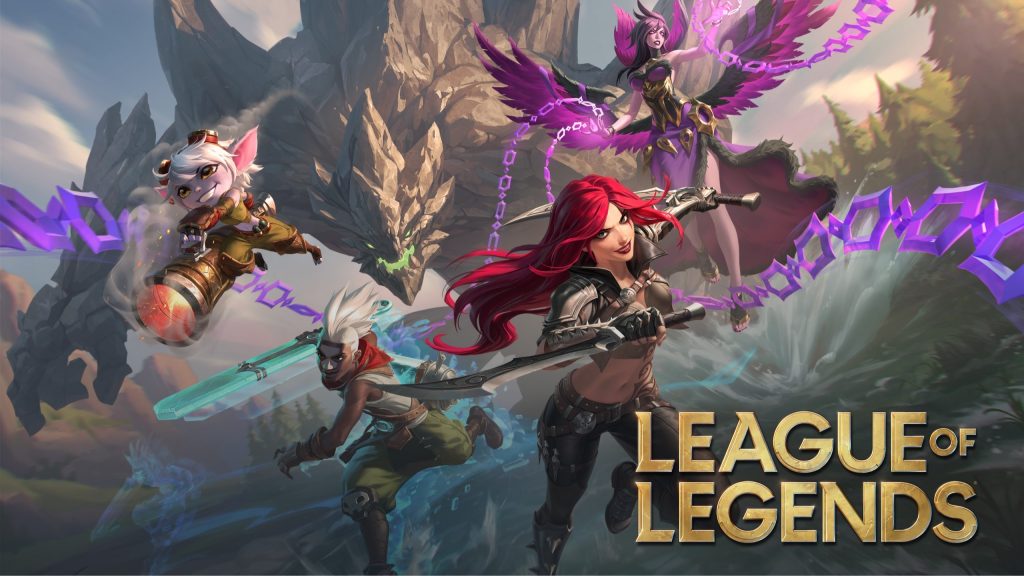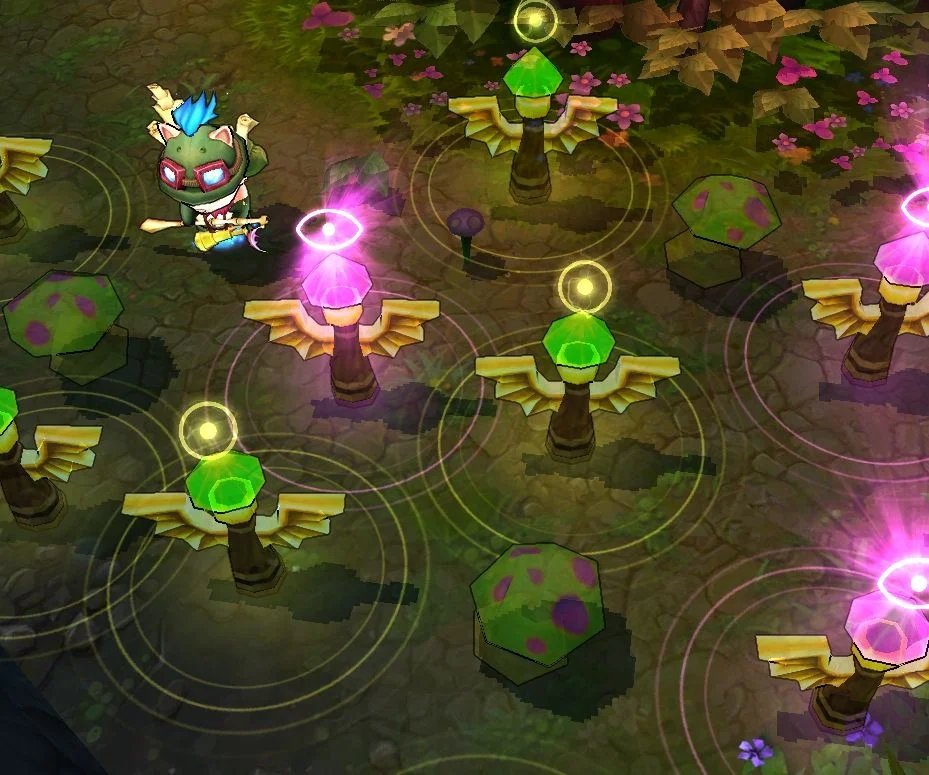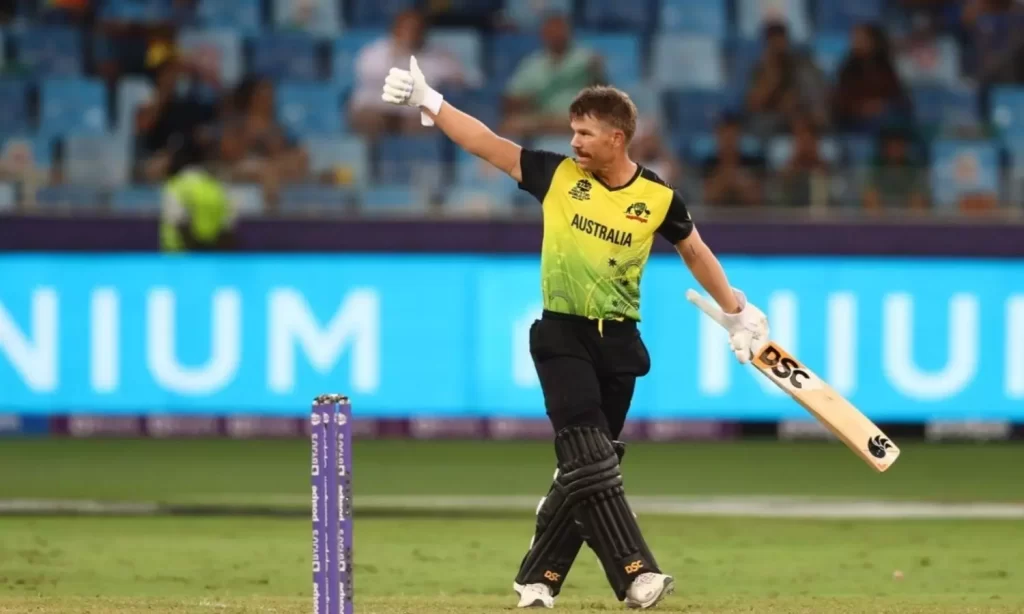League of Legends Warding Overview, and Guide to Progress in the Game


League of Legends was launched in 2009 and is one of the most popular MOBA games today, alongside Dota 2. Over the years, the game has transformed from a casual and enjoyable game played among friends to a highly competitive game with a remarkably skilled community and professional players. The game’s dedicated player base, consisting of both casual and professional gamers, continuously seeks to enhance their gameplay and rectify even the slightest errors, making League synonymous with development, advancement, and learning, even for an ordinary player.
The complexity and depth of League of Legends stem not only from its strategic and analytical nature that forces players to make on-the-spot improvisations but also from its unique and mandatory concepts that differentiate it from other MOBAs. While the theory behind League is still a work in progress, certain concepts such as laning, team fighting, decision-making, and warding are particularly significant. Although all of these concepts are vital to master, warding and vision are often neglected, particularly in low-Elo play. Warding and vision are inseparable League terms that demand little to no mechanical skill but are highly valued the higher up you go across the divisions. Wards and vision can be the decisive factor in turning a game around from the brink of defeat, just like team fights and positioning. Mastery of warding and vision requires significant dedication to learning, extensive game knowledge, and a touch of creativity.
Introduction to Warding and Its Importance

The fog of war is one of the most well-known mechanics in League of Legends. It is a thick, opaque darkness that conceals the enemy team when they are on their half of Summoner’s Rift. The fog of war can be revealed by champions, turrets, abilities, and wards. However, champions and abilities only provide temporary vision, so the most reliable way to gain information about the enemy team’s movements is through the use of wards. Wards are utility items that can be purchased from the item shop and placed on the map to reveal a surrounding area of Summoner’s Rift. Currently, there are four types of wards: Stealth Ward, Control Ward, Zombie Ward, and Farsight Alteration. Vision, on the other hand, refers to both warding and destroying the enemy’s wards to deny them vision.
The importance of warding and vision control in League of Legends is attributed to the value of information. Information such as unexpected ganks, rotations and brush camping can significantly influence the game’s outcome. Placing wards in strategic locations can give players a significant advantage over their opponents by providing them with crucial information ahead of time. Additionally, warding and vision control not only allows players to prepare for incoming ganks or team fights, but also enable them to track enemy rotations, positions, and item builds. Deep wards, in particular, can offer valuable insights into the enemy team’s movements, giving players a better understanding of how to counter them.
Do you need to ward or not?
In League of Legends, warding and vision control are typically considered a support’s responsibility. Supports are equipped with at least four Stealth Wards and a Control Ward to facilitate vision control. However, warding and vision control are not limited to support only. In fact, the more vision players have, the better their chances of making informed decisions. Therefore, it’s recommended to invest in a Control Ward whenever there’s extra inventory space and 75 gold available, regardless of the player’s role.
League of Legends Wards (Types, Early warding, and Mid-late warding)

Over the years, League of Legends has undergone several changes, including modifications to the warding system. Two types of wards, Pink Wards, and Green Wards, were removed to make way for Stealth Wards, Control Wards, Zombie Wards, and Farsight Alteration. Stealth Wards are the basic warding item with a 120-second cooldown and become invisible after a few seconds. They can only be detected by Scryer’s Blooms or Oracle Lens.
Control Wards, on the other hand, cost 75 gold and are clearly visible, making them easy to destroy without the need for additional tools. Zombie Wards are rune-dependent ward that creates a lesser ward after destroying an enemy ward. Although Zombie Wards only have one HP, they can reveal the surrounding area for up to 120 seconds. Farsight Alteration is another one-HP ward that can be obtained from the item shop once a player reaches level nine. This ward reveals a large area of the map from a great distance.

Indeed, early-game warding plays a crucial role in keeping you and your team safe from unexpected ganks and roams. As you mentioned, placing wards in the nearest river bushes is a good starting point. However, tactical warding of the enemy jungler’s camps and deep river wards can give you even more information about their movements. These wards can help you see a gank coming and allow you to plan your counterplay in advance.
Moreover, having a vision of objectives such as dragons and Rift Herald is crucial in the early game. This can help you track the enemy team’s movements and react accordingly. For instance, if you spot the enemy team heading towards a dragon, you can decide to contest it or prioritize pushing another objective. Additionally, early-game vision on objectives can prevent the enemy team from taking them uncontested, giving you a chance to steal or punish them for their attempt.
Exactly! Mid and late-game warding also often depends on the current state of the game. If Baron Nashor or Elder Dragon is alive, it’s essential to have vision around the pit to prevent the enemy team from sneaking it or contesting your team’s attempt at taking it. Additionally, if your team is looking to siege a turret or push a lane, having wards in the enemy jungle can help you spot incoming rotations and flank attempts. On the other hand, if you’re playing defensively, warding your own jungle and defensive positions can help you avoid getting picked off and allow you to farm safely. Overall, the key to successful mid and late-game warding is to keep an eye on the objectives, adjust to the current state of the game, and make sure you have enough vision to spot potential threats and opportunities.
Anti-flank wards are usually placed on the sides of the lane or in the jungle paths leading to your team’s position, allowing you to see any flanking attempts and prepare accordingly. Additionally, placing wards in the enemy jungle can provide valuable information about their movements, allowing you to predict their ganks or rotations and counterplay accordingly. It’s also important to note that warding is a team effort, so communicate with your teammates to ensure that all important areas are covered and that you’re not overlapping wards. Lastly, don’t forget to use sweepers or control wards to clear out the enemy’s vision and deny them critical information about your movements.
READ MORE: Guide to Obtaining Current Dragonflight Twitch Drops in WoW
Pokemon Go: How much Stardust does it cost to trade shiny Pokemon












